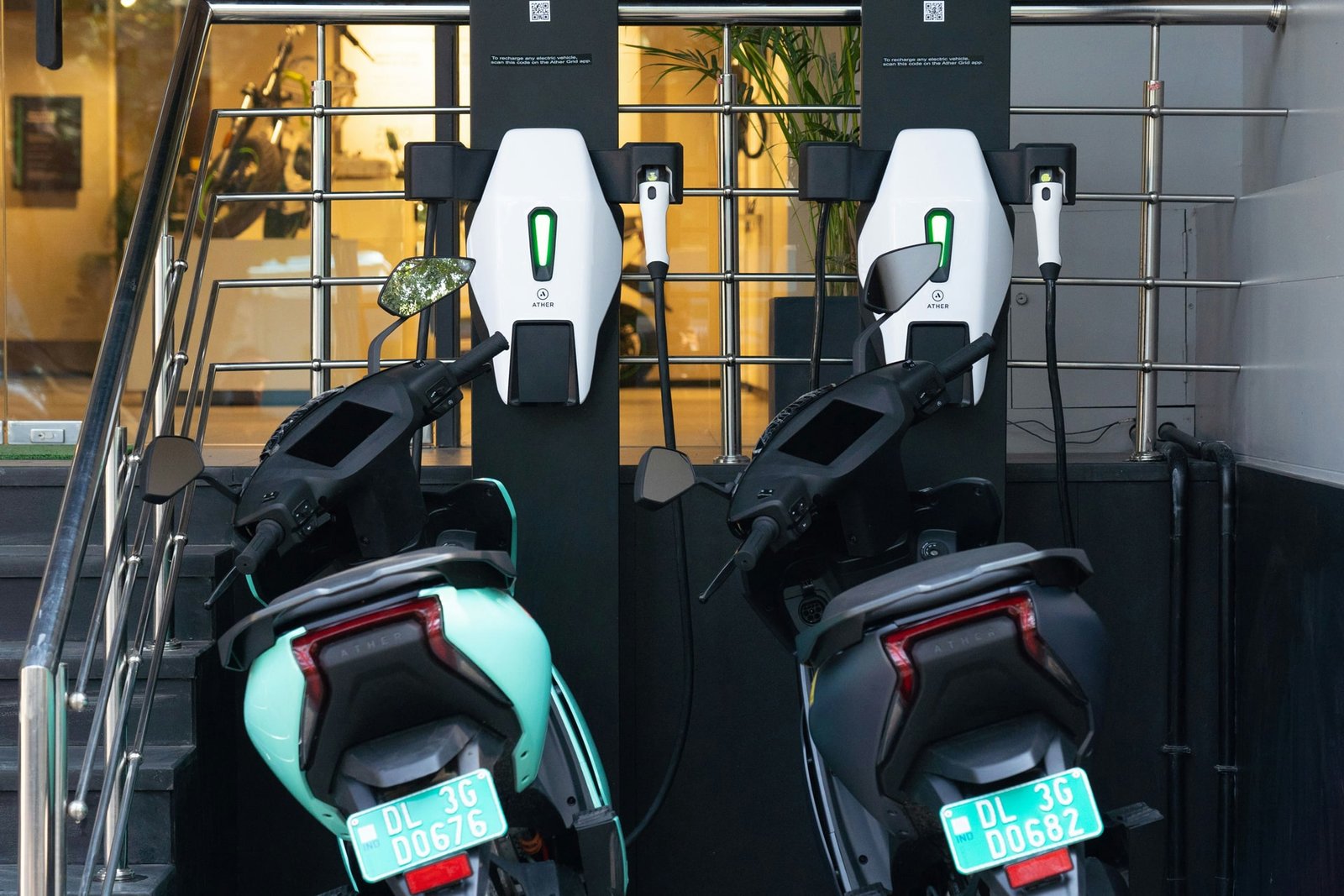Ujjwal Arora was on his way to an important meeting when he realized his electric vehicle battery was running low. So, the New Delhi resident rushed to a fast-charging station, only to discover it was broken. Racing through the bustling Indian capital to another station, Arora was shocked to find that his Tata Nexon EV could not connect to the site’s charger.
“It was an absolute nightmare,” the 28-year-old told Nikkei Asia. “I did manage to find a running charging station before my car completely ran out of charge. But I missed the meeting, which was very embarrassing.”
Arora’s experience with India’s woeful charging infrastructure has him questioning if he made the right decision to buy an EV—and he’s not alone.
“The lack of EV charging infrastructure is proving to be a big factor in buyers opting not to choose an EV,” said Chaitanya Kanuri, associate director, electric mobility at World Resources Institute (WRI), an environmental think tank.
That shortfall threatens to stymie government efforts to boost EV adoption in the world’s third biggest vehicle market behind the US and top-ranked China.
More than 22.6 million vehicles, including scooters, were sold in India last year with EVs accounting for 6.3% of total sales. That may not sound like much, but it is a nearly 50% jump in EV’s share of the market from a year earlier, according to government data.
With just 11,000 charging stations nationwide, the government has acknowledged the need to dramatically boost that figure to meet ambitious goals for emissions-free electric vehicles, which are billed as having environmental benefits and lower operating costs than traditional combustion-engine cars.
Mahendra Nath Pandey, India’s minister of heavy industries, said last year the country’s nine biggest cities, including Delhi and commercial capital Mumbai, each need at least 18,000 public charging stations by 2030, while the Confederation of Indian Industry estimated the vast country needs a minimum of 1.3 million stations by the end of the decade.
Key to the effort will be convincing operators to swallow high charging station setup costs despite a relatively low number of EVs on the road.
“Adoption of EVs will only happen when there is sufficient charging infrastructure across the country,” Kanuri said. “Right now, we are seeing fragmented action. At some places, we have witnessed a number of charging stations mushrooming up … while at other localities there are only a handful around,” she added.
The sector’s focus also needs to turn to rural areas, where the vast majority of India’s 1.4 billion people live, said Soumen Mandel, senior research analyst at Counterpoint Technology Market Research, who added it could take several more years for adoption to pick up.
“There is hardly any EV charging infrastructure in rural areas. Even on highways, finding a charging station could be a task,” he said. “[And] there are only a handful of EV car models available in the market. Maruti, which has almost 40% of the automobile market share, has yet to come out with an EV. Once that happens, we can expect charging infrastructure to grow along as well.”
Domestic auto giant Tata Motors leads the market with four EV models, while foreign automakers, including South Korea’s Hyundai and China’s BYD, offer fewer models at higher prices, making them unaffordable for most Indians. US-based Tesla and Vietnam’s VinFast are expected to jump into the market later this year.
However, the number of models and charging stations is not the only barrier to India’s EV efforts.
Not all stations are compatible with EV scooters, a major hurdle in a country where some 80% of EVs sold last year were either two-wheelers or auto-rickshaws used as taxis. Just 5% of total EV sales were of passenger cars, well short of the government’s 30% future target.
Two-wheeler maker Ola’s Hyperchargers, for example, can only be used with its own EV scooters, while Ather Energy’s chargers are limited to its own range of EV scooters and those sold by Hero MotoCorp, which has a significant stake in Ather.
Owais Wani bought an Ola EV scooter in 2021, but the Delhi resident has never charged it at a public station. “It’s a hassle. Even those run by the government have different connectors,” he said. “I prefer to charge at home.”
Recharging times for electric scooters are another obstacle, said Sohinder Gill, CEO of Hero Electric India.
“In the case of scooters, for instance, the minimum two to three hours required for battery charging makes it less feasible for widespread use,” Gill told Nikkei Asia. “This limitation implies that charging options will likely be confined to opportunities for charging or dedicated infrastructure at homes and offices, where vehicles can be left for extended periods.”
Now, some cities with a high concentration of electric two-wheelers are offering battery swapping, which lets consumers rent fully-charged batteries from power stations and recharge them at home. But official efforts to expand their use has stalled after pushback from industry players, mostly startups that believe the government policy favors larger rivals.
More than 80% of the country’s electric car users charge their vehicles at home or at work, according to a 2021 assessment by Statiq, an India-based EV charging startup. But India’s densely populated cities make private parking spaces a luxury not available to many.
“Most Indians park their vehicles on the streets. So, home charging might not be an option for them,” said the WRI’s Kanuri.
Since his missed work meeting late last year, Arora says he now always charges his EV at home, although that limits its usefulness.
“If you plan your use and have a parking area where you can charge it without worry overnight then it’s a wonderful city car,” he added. “But that’s all it is right now.”
This article first appeared on Nikkei Asia. It has been republished here as part of 36Kr’s ongoing partnership with Nikkei.
[ad_2]
Source link




